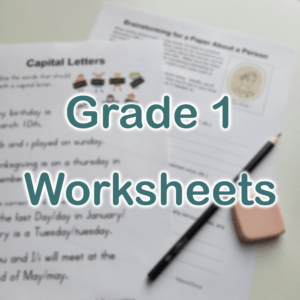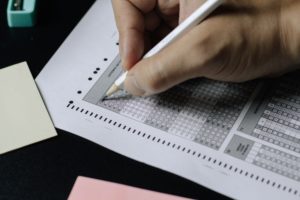The Power of Literature
By: Elizabeth Kamath
Note: this post contains Amazon affiliate links. We may receive payment if you buy something or take an action after clicking one of these. This goes directly toward supporting Hewitt and enabling us to create more free resources.
I have always believed in the power of literature to help us to understand, to empathize, to open our hearts and minds. Literature allows us to see further than our own household, our own neighborhood. It allows us to experience the lives, thoughts, and emotions of people in circumstances very different from ours. Conversely, it’s also important that all children read about characters who they can identify with – who share their culture or religion, for example.
These books focus on groups of people who are often discriminated against in our society. Not all these books are specifically about prejudice or oppression. Some are pleasant stories whose characters happen to be from one of these groups. Others give peeks into various cultures in other ways (such as folk tales). Some touch on history that we must never forget.
I have read every book on this list (and it will grow as I read more). I have roughly divided them by age, but I think even the picture books can be read and appreciated by all ages. Also, I can attest that my ten-year-old has read (or would be allowed to read) every book listed below the Young Adult level. My 15-year-old has read (or would be allowed to read) every book in this list. But, I recognize I am especially liberal in what I allow my children to read. I have included a few warning notes, but if you have any question about the appropriateness of a book for your child, either because you take a stricter approach or because your child is especially sensitive, please preview the book yourself.
If you wish to start a conversation with your children about Black Lives Matter, I suggest these titles (read the full descriptions below):
- Narrative of the Life of Frederick Douglass, by Frederick Douglass (junior high – high school)
- I Know Why the Caged Bird Sings, by Maya Angelou (high school – adult)
Note: If you would like to take a closer look at the books, clicking on the title will take you to the book on Amazon.
Junior High – High School
- A Day of Pleasure, by Isaac Bashevis Singer – Singer’s memoir of his childhood is a fascinating look at Jewish life in Poland in the early 20th century.
- Narrative of the Life of Frederick Douglass, by Frederick Douglass – Douglass’s memoir of his years in slavery. Contains scenes of violence, but is essential to an understanding of slavery’s horrors.
- The Story of My Life by Helen Keller – The autobiography of Hellen Keller, who was blind and deaf yet achieved so much, reminds us that being differently abled does not mean being disabled.
High School (Young Adult) – Adult
- The Bondwoman’s Narrative, by Hannah Crafts – A rare type of literature: a novel written (probably in the mid-19th century) by a woman who escaped slavery. This is the story of a woman’s experiences in slavery and her attempts to be free. Contains scenes of violence.
- I Know Why the Caged Bird Sings, by Maya Angelou – An exquisitely written memoir of Angelou’s childhood and teenage years. I’m extremely fond of this book, but you should preview it before giving it to your child. Contains scenes of violence, including a rape, and sexual content.
- King Leopold’s Ghost, by Adam Hochschild – One of my favorite nonfiction books because of its flawless writing and jaw-dropping history, this is the gruesome story of King Leopold II of Belgium and his near genocide of the people of the Congo. Contains scenes of intense and disturbing violence; you should definitely preview this book.
- Maus and Maus II, by Art Spiegelman – These are two of my favorite books on this list, but they are also the ones I need to give the strongest warning about. Both are graphic novels telling the story of Spiegelman’s father’s experiences during WWII, particularly as a prisoner in Auschwitz. The books also spend time on Spiegelman’s relationship with his father. I’m not generally a graphic novel person, but I found these witty, absorbing, and deeply moving. There are scenes of intense violence, horror, and despair – these books pull no punches. The fact that they are graphic novels may make the experience even more potent. My sensitive 15-year-old has read them, but when I gave them to him I told him to stop if he found them overwhelming. I strongly urge you to read these before passing them on to your child.
- Their Eyes Were Watching God, by Zora Neale Hurston – A classic novel about a black woman’s life in the South in the early 20th century. In spite of the setting, this is not primarily a story about racism; it is more about Janie’s growth as a person. The dialogue beautifully captures Black Southern dialect of the period. Contains scenes of violence (including spousal abuse) and some sexual references.
- Things Fall Apart, by Chinua Achebe – A modern classic, this novel is a fiercely realistic portrait of the impact colonial Britain had on Nigeria’s peoples in the 19th century. Contains scenes of violence.









